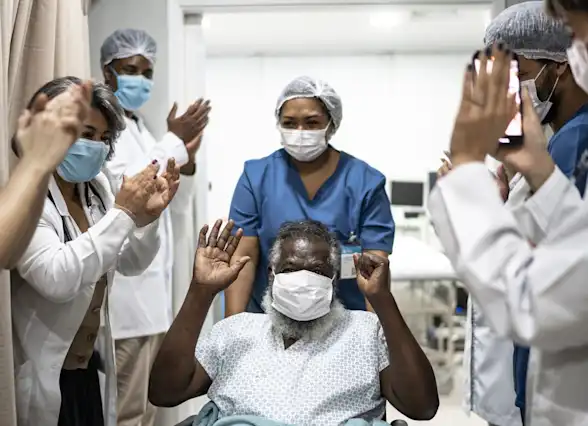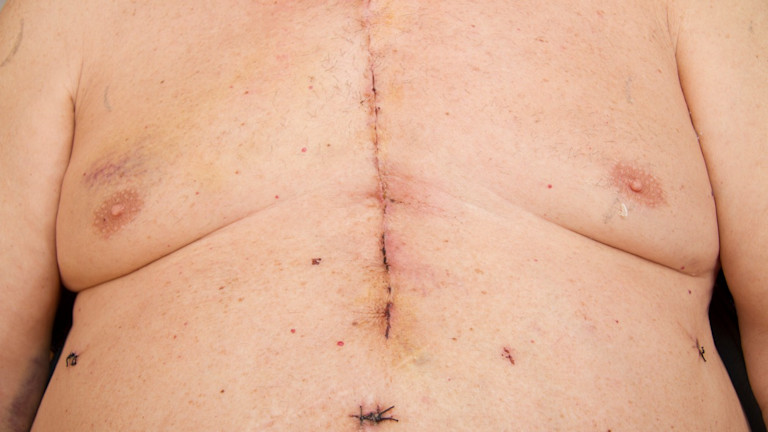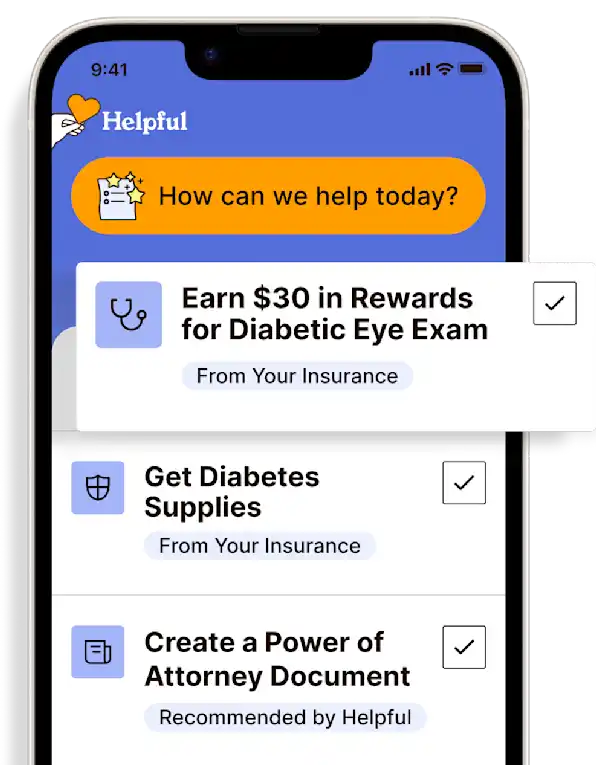Results of Coronary Artery Bypass Graft (CABG)
The results and long-term outcomes of a coronary artery bypass graft depend on factors that your loved one can control.
Get insurance benefits, legal documents, and medical records in one place

Helpful Highlights
For weeks to months following surgery, your loved one will have good days and poor days regarding strength and energy. This is to be expected.
CABG recovery time is typically 6-12 weeks.
Cardiac rehab is essential to positive long-term outcomes and can run up to 18 weeks.
An 8-10 inch scar in the middle of the chest will remain visible for life, though for most becomes less apparent over time.
Results
After recovering from coronary artery bypass surgery, most people feel better. Some people remain symptom-free for many years. The results and long-term outcomes depend on how well blood pressure and cholesterol levels are controlled, and how well chronic conditions such as diabetes are managed. It's important to take medications as directed and follow provider recommendations for diet and exercise.
Recovery time
It usually takes about 6 to 12 weeks to recover after coronary artery bypass surgery, though each individual is different. The cardiologist and primary health care provider are the best people to estimate how long recovery will take and what can be expected... Though foremost they will reiterate that recovery time greatly depends on how well your loved one follows recommendations. They can also tell you and your loved one when to start resuming regular activities like work, driving, and traveling.
Cardiac rehabilitation
After leaving the hospital, most people will complete a cardiac rehabilitation program. These are typically 12-18 weeks, 2 to 3 sessions per week (36 sessions). Often called cardiac rehab, this supervised program of education, counseling, and exercise helps improve heart health after heart surgery. Expect your loved one to start moving and walking while still in the hospital, though cardiac rehab helps with continued recovery and rebuilding strength after intensive cardiac procedures or events like heart attacks. Cardiac rehab programs are conducted at outpatient facilities by specially trained and highly qualified staff. (Moving portions of cardiac rehabilitation to remote online services is currently being explored.)
Scarring
The breastbone is rejoined with wires that remain in the bone and are not visible under the skin. There remains a risk, however, that a wire will break and cause discomfort and even protrude through the skin. Should your loved one experience any indications that a wire may have snapped, contact the cardiologist's office.
The overlying skin is stapled. Once the skin is closed over the incision, the staples are removed. The 8-10 inch scar down the middle of the chest will continue to heal and scab and will become fainter over time, though it will never disappear. About 10% of people experience what's called keloid scarring, whereby there is an overgrowth of scar tissue and the scar becomes thick and raised. (People under 30, as well as people of African, Asian, or Latin descent, and those with a family history of keloids, are more susceptible to this type of scarring.)

RESOURCES
American Heart Association (AHA) - Heart Surgery & Recovery Resources
Cleveland Clinic – Coronary Artery Bypass Surgery
Johns Hopkins Medicine – Coronary Artery Bypass Graft Surgery
Mayo Clinic – Coronary Artery Bypass Surgery
No content in this app, regardless of date, should ever be used as a substitute for direct medical advice from your doctor or other qualified clinician.
Get more support and guidance on insurance benefits, medical records and legal forms.
Helpful brings together your insurance benefits, legal documents, and medical records in one personalized place — so you always know what you have, and never have to search again.

Simplifying Healthcare, Supporting Mental Health
An all-in-one solution to help navigate the complexities of healthcare and support for mental health, for you or your loved one.





